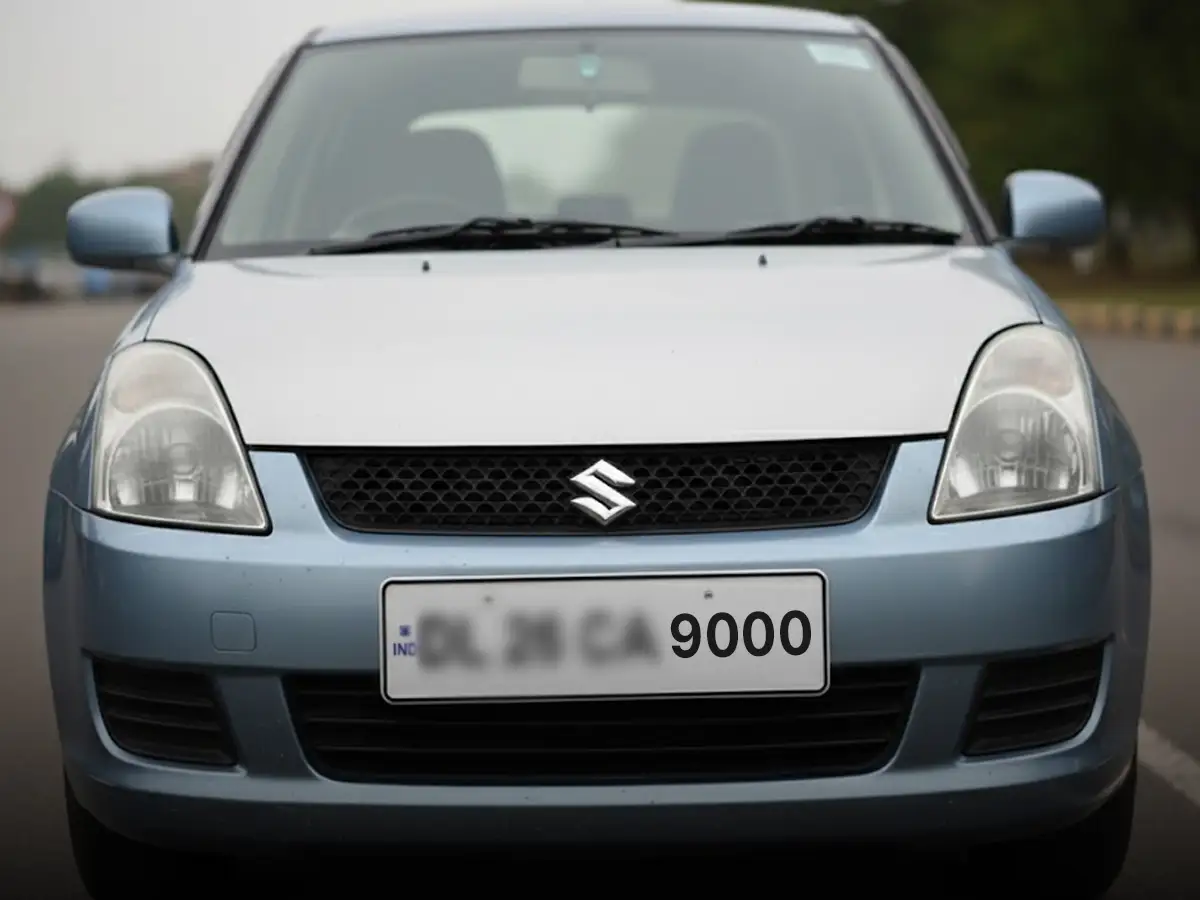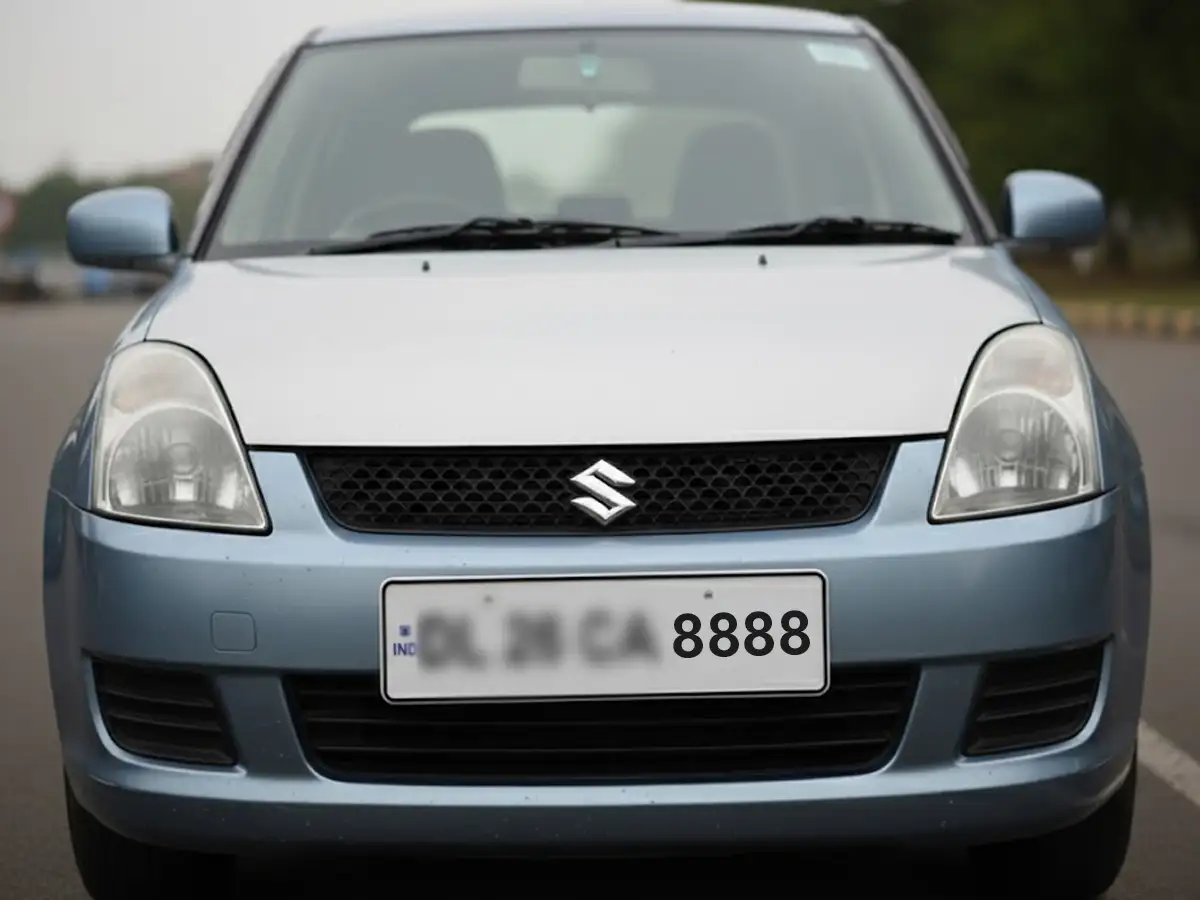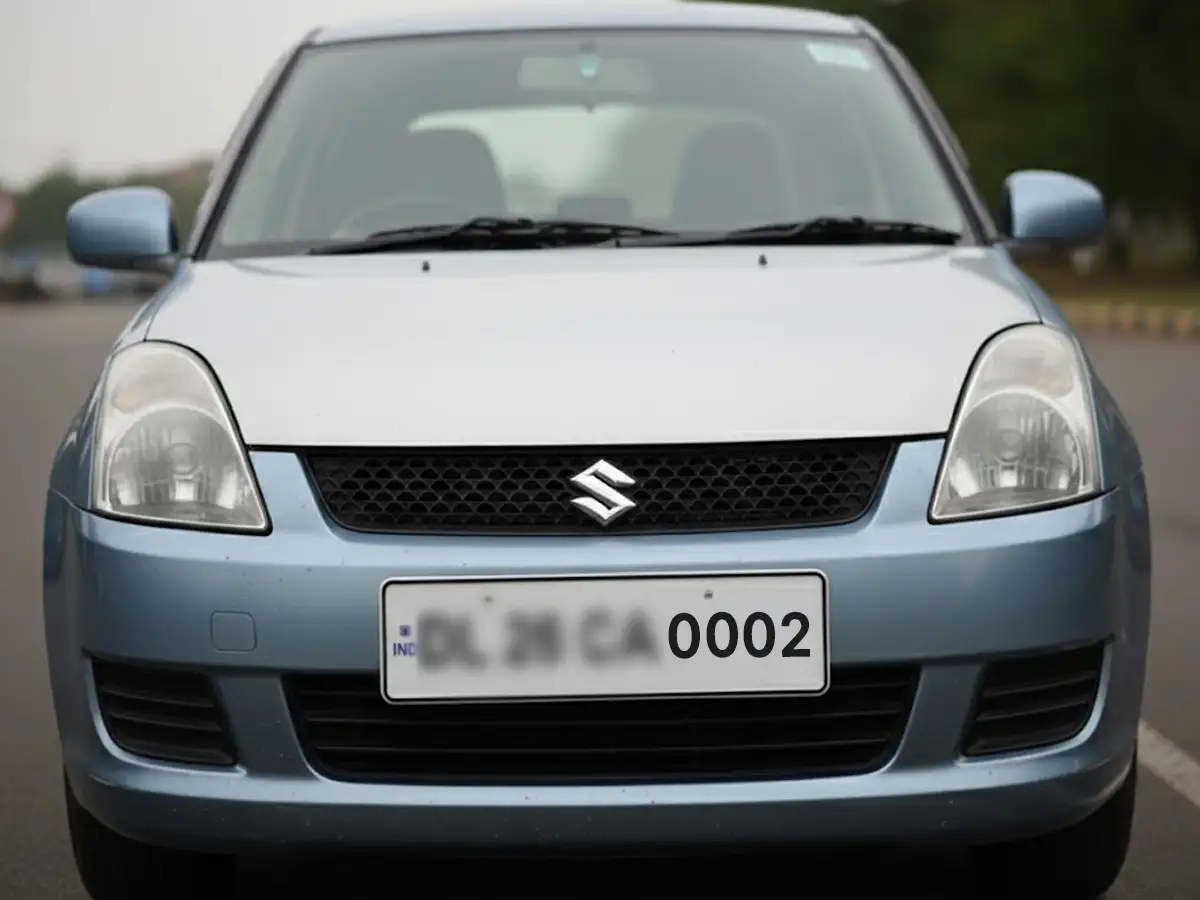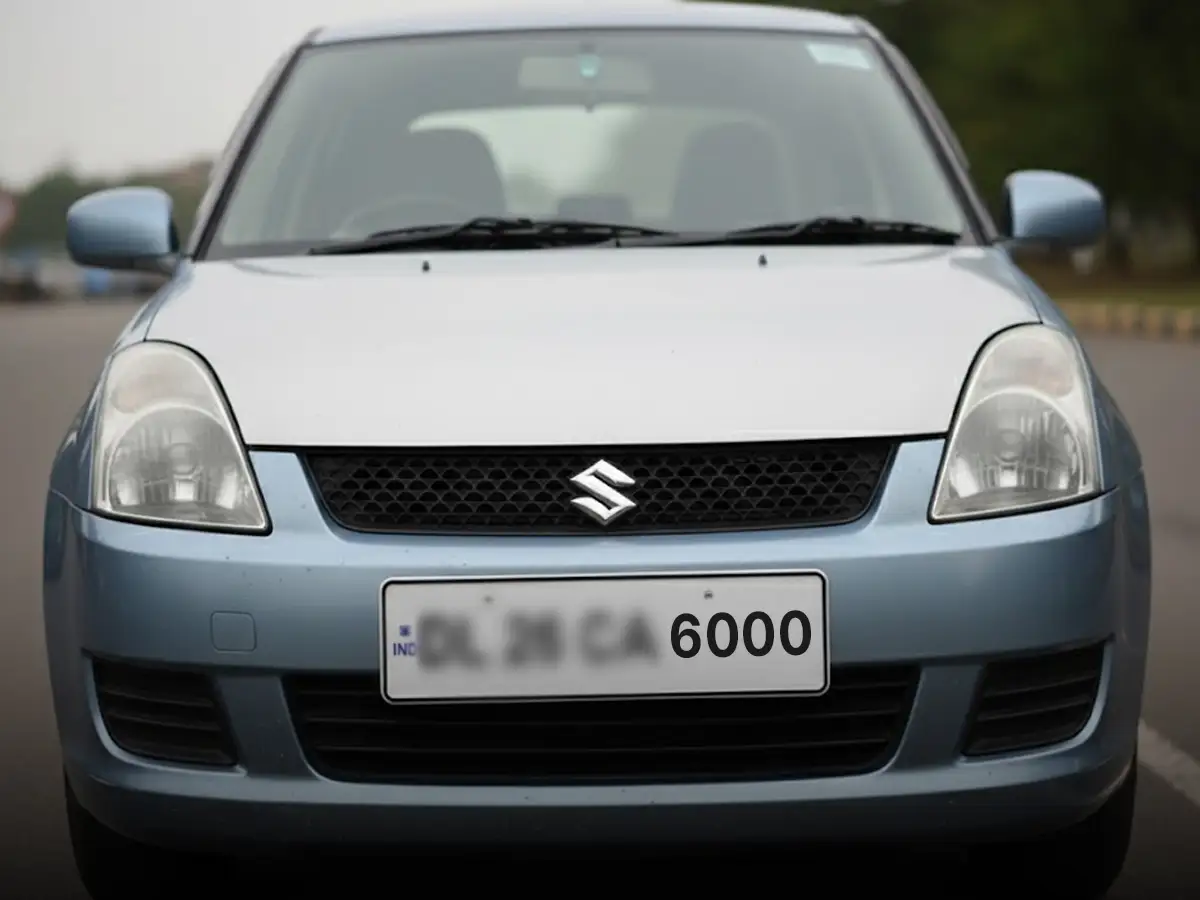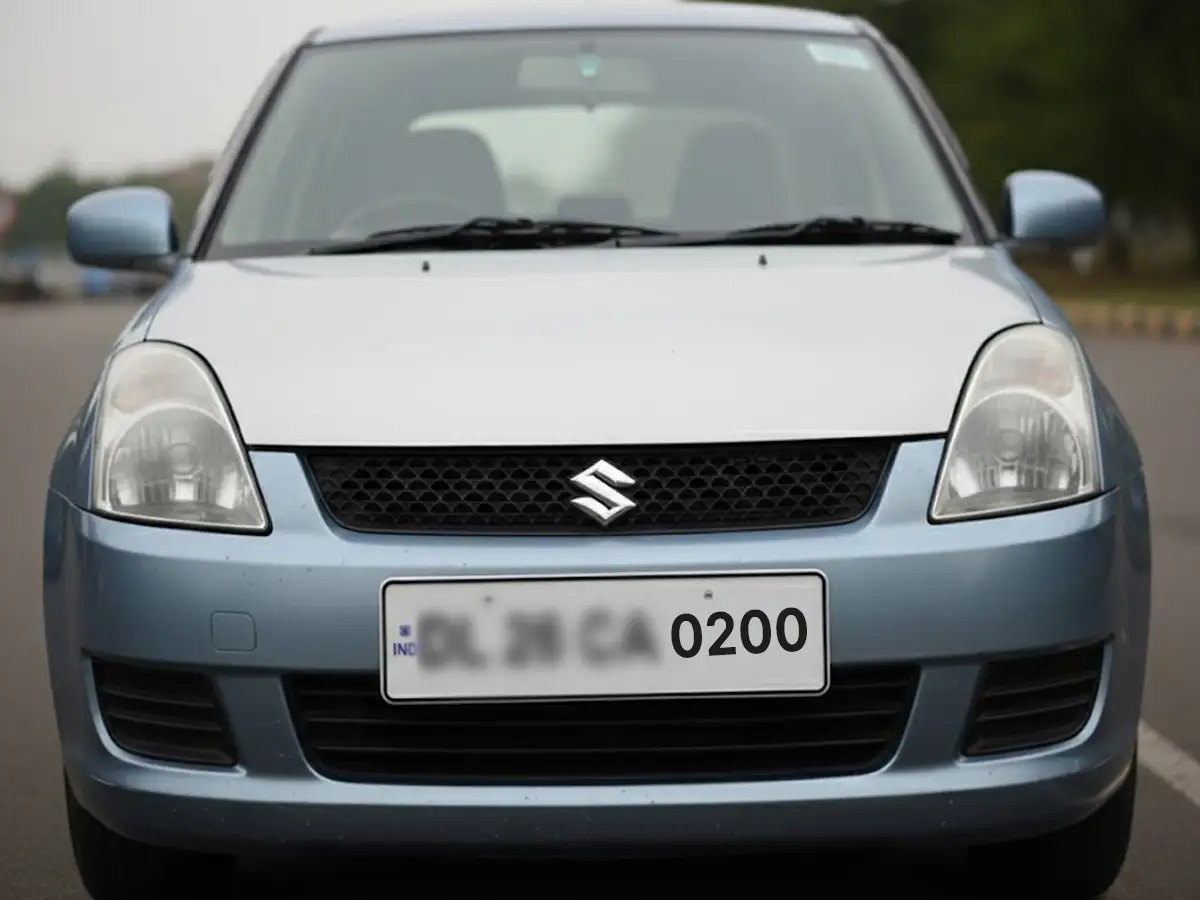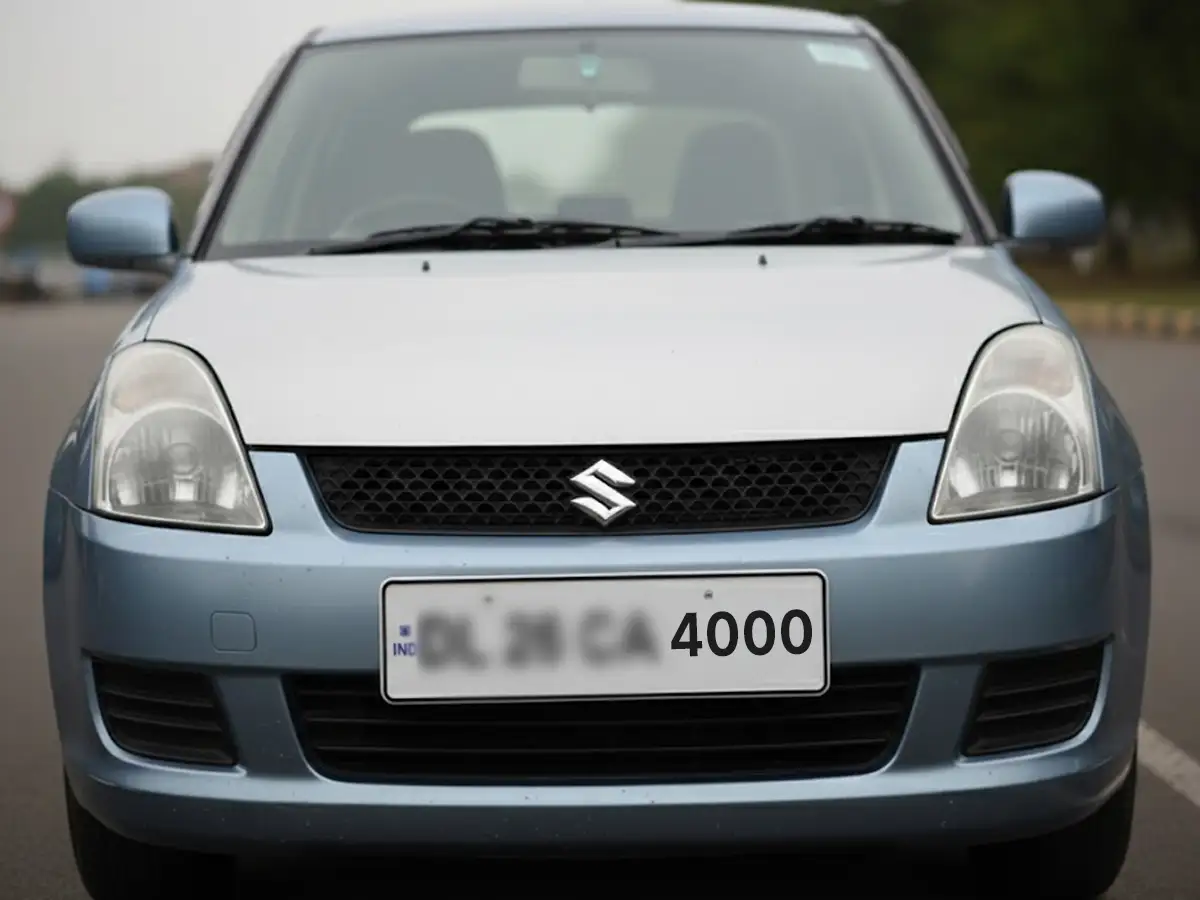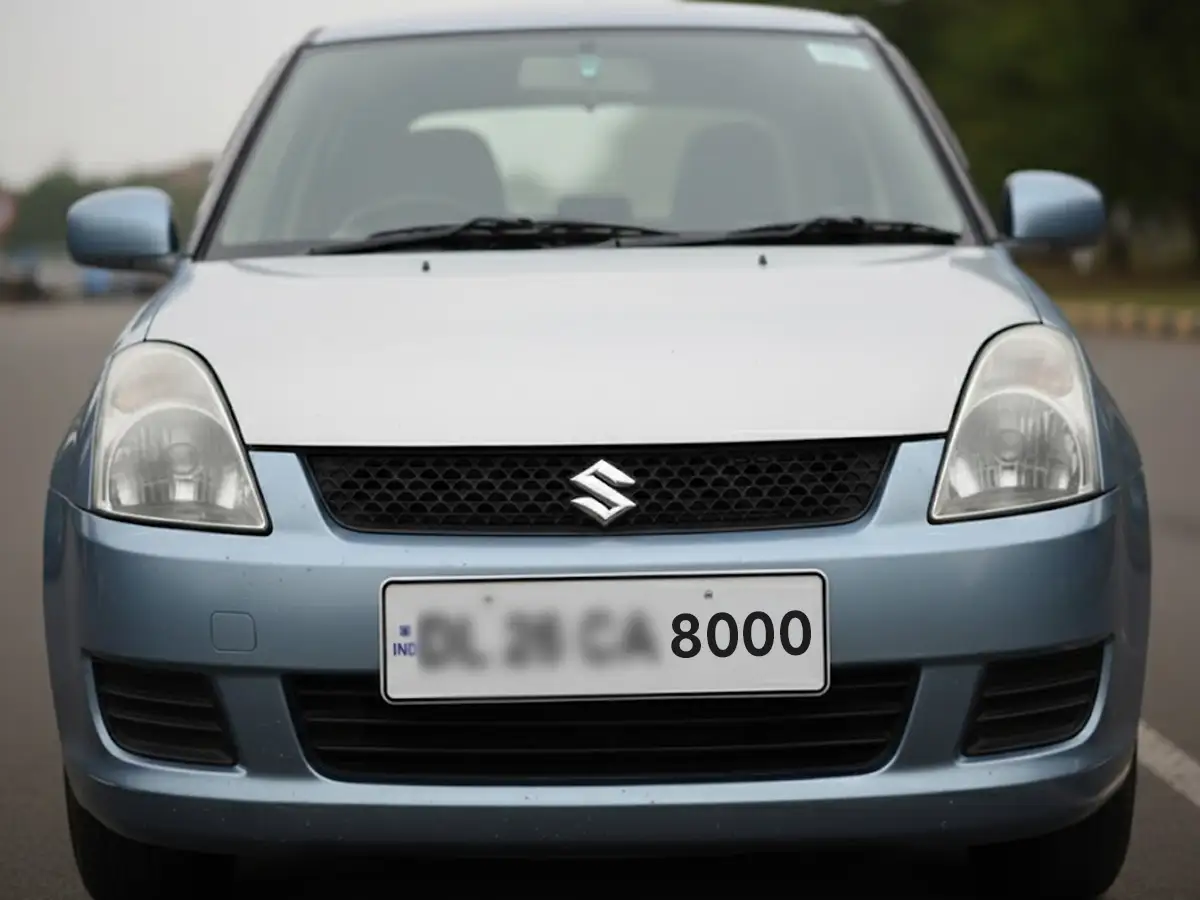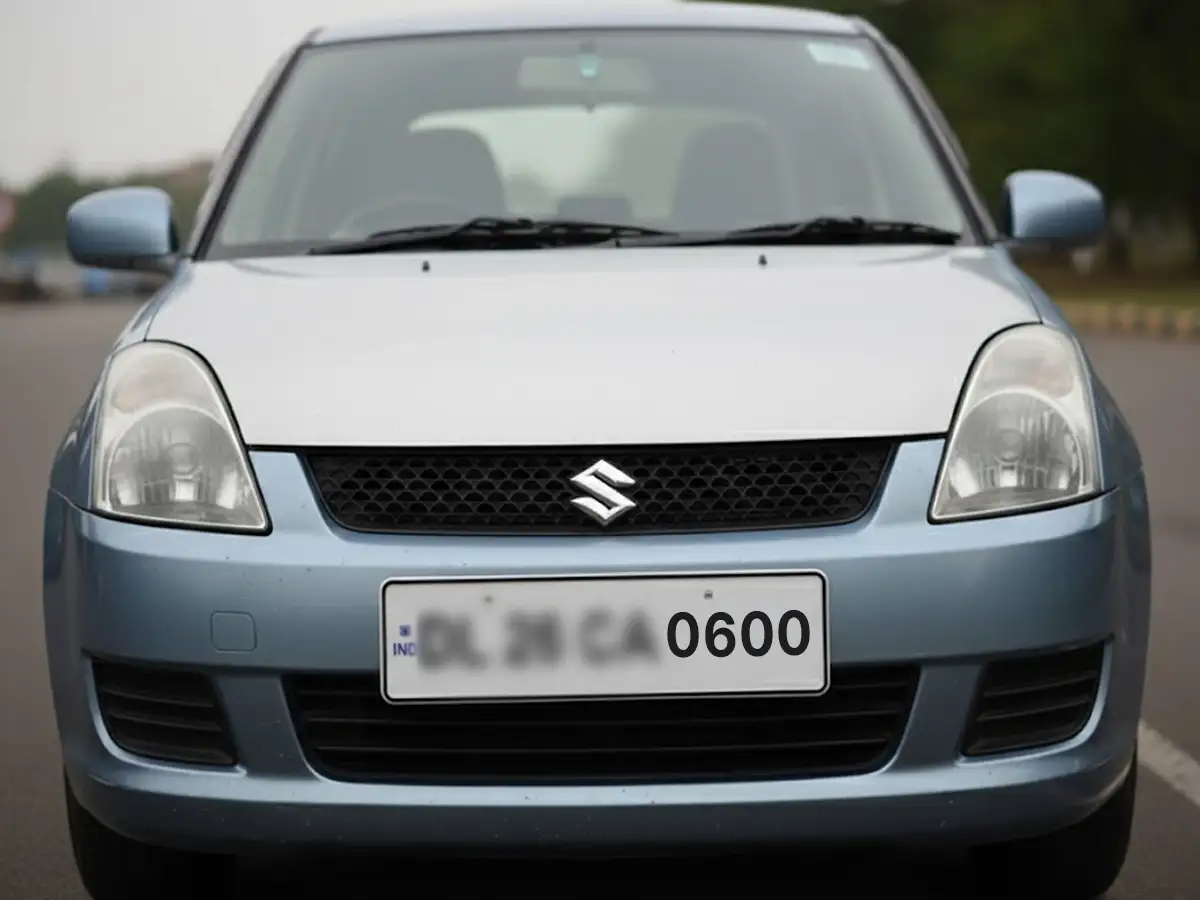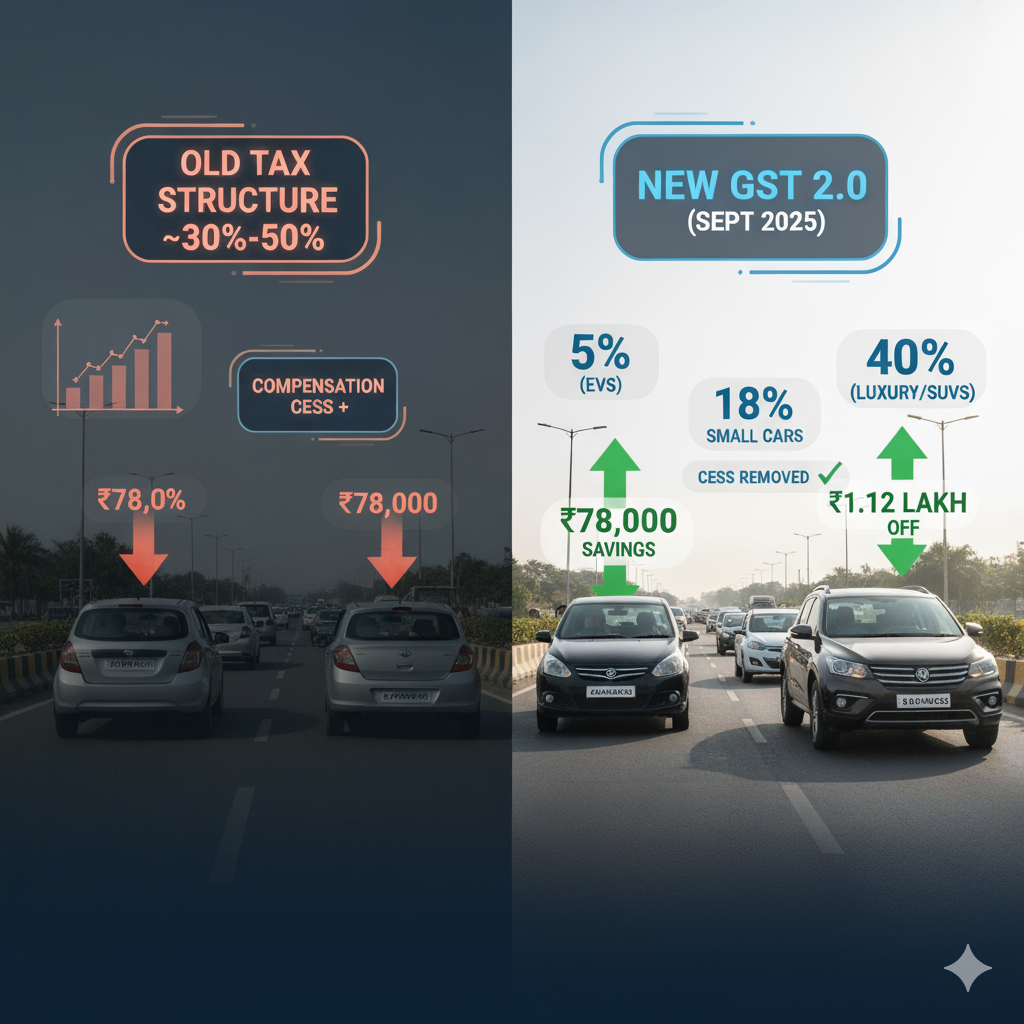

How the New GST Slab Changes Affect Car Prices in India: What Buyers Need to Know
- 1GST 2.0 slashes small car tax from 30% to 18%, cutting Swift’s price
- 2SUVs like Hyundai Creta get 6–7% cheaper under new GST structure
- 3Luxury cars see minimal price change despite new 40% GST slab
In a bold move to simplify taxation and boost consumer sentiment, the Indian government rolled out a revamped GST structure, dubbed GST 2.0, in September 2025. Among the biggest winners of this overhaul are automobile buyers, particularly those considering a new vehicle purchase during the festive season.
Whether you're eyeing a compact hatchback like the Maruti Suzuki Swift, a premium sedan like the Honda City, or an SUV such as the Hyundai Creta, understanding the impact of GST 2.0 can help you make a smarter, better-timed decision.
Let’s break down the key changes and see how they affect real car prices across different segments, including luxury vehicles now taxed at 40%.
What Changed Under GST 2.0?
Until now, cars were taxed under a layered structure with GST rates of 5%, 12%, 18%, or 28%, along with an additional compensation cess that varied by vehicle type, up to 22% for SUVs and luxury cars. This not only made tax computation complex but also pushed up end-user prices, particularly for mid-to-premium models.
Under the new structure effective September 22, 2025, the government has simplified GST into just three applicable slabs for automobiles:
- 5% (for EVs and certain essentials, unchanged)
- 18% (for small/compact vehicles)
- 40% (for high-end cars, SUVs, and luxury vehicles)
The key development here is the elimination of the compensation cess, which used to be layered over the base GST rate. This reform means certain car segments will now see a notable reduction in total taxation, directly affecting their on-road prices.
Impact on Small Cars: Significant Savings
For small cars, defined as petrol vehicles under 1,200cc or diesel vehicles under 1,500cc with a length of 4 meters or less, the GST has been reduced to 18% flat, down from an effective tax burden of nearly 30–31% under the earlier structure.
This is particularly great news for budget-conscious buyers, where the Maruti Suzuki Swift continues to be a popular choice. With reduced taxation, the on-road price of small cars is expected to drop by around 5–8%, depending on the variant and dealership pricing.
Example: Maruti Suzuki Swift (LXi), Gurgaon
| Feature | Detail |
|---|---|
| Ex-Showroom Price | ₹6.49 lakh |
| Old Tax (approx. 30%) | ₹1.95 lakh |
| Old On-Road Price | ₹8.44 lakh |
| New Tax (18%) | ₹1.17 lakh |
| New On-Road Price | ₹7.66 lakh |
| Estimated Savings | ₹78,000 (approx. 9%) |
The Swift becomes a far more compelling purchase under the new structure, especially for first-time car buyers and city commuters looking for fuel efficiency and affordability.
Impact on Mid-Size Sedans: Mild Relief
Mid-size sedans, typically longer than 4 meters and with engines exceeding 1,200cc (petrol) or 1,500cc (diesel), previously attracted 28% GST plus 17% cess, resulting in a total tax of approximately 45%.
Under GST 2.0, such vehicles now fall into the 40% GST slab, with no additional cess. This change translates into a marginal decrease of around 3–4% in the final price. While the price cut may not seem dramatic, it does reduce the gap between sedans and entry-level SUVs, potentially nudging more buyers back toward sedans.
Example: Honda City V MT Petrol, Gurgaon
| Feature | Detail |
|---|---|
| Ex-Showroom Price | ₹12.38 lakh |
| Old Tax (45%) | ₹5.57 lakh |
| Old On-Road Price | ₹17.95 lakh |
| New Tax (40%) | ₹4.95 lakh |
| New On-Road Price | ₹17.33 lakh |
| Estimated Savings | ₹62,000 (approx. 3.5%) |
If you're in the market for a family car that offers comfort, space, and premium features, the Honda City is now more attractively priced.
Impact on SUVs: Meaningful Reductions
SUVs like the Hyundai Creta, which have long been burdened with the highest effective tax (GST + cess at 50%), now benefit significantly from the revised 40% flat GST.
This reform removes the earlier 22% cess that was stacked atop the 28% GST, effectively reducing the tax burden by a full 10 percentage points. This will likely shave off ₹1 lakh or more from the on-road prices of most SUVs in this category.
Example: Hyundai Creta E Petrol, Gurgaon
| Feature | Detail |
|---|---|
| Ex-Showroom Price | ₹11.11 lakh |
| Old Tax (50%) | ₹5.56 lakh |
| Old On-Road Price | ₹16.67 lakh |
| New Tax (40%) | ₹4.44 lakh |
| New On-Road Price | ₹15.55 lakh |
| Estimated Savings | ₹1.12 lakh (approx. 6.7%) |
Currently in India, compact SUVs dominate due to road conditions and status appeal, and this change makes the Creta even more compelling alongside more affordable.
Impact on Luxury Cars: Higher Tax but Balanced by Cess Removal
Luxury cars now fall under the newly created 40% GST slab, which replaces the earlier combination of 28% GST plus 20–22% cess. On paper, this might seem like a rate hike, but the overall tax impact is mostly neutral.
In fact, many vehicles in this segment may even see marginal price reductions, depending on their configuration and imported content. However, brands that previously managed lower cess brackets may see slight price hikes.
Example: BMW 5 Series (530i M Sport)
| Feature | Detail |
|---|---|
| Ex-Showroom Price | ₹72.90 lakh |
| Old Tax (~48%) | ₹31.40 lakh |
| Old On-Road Price | ₹1.04 crore |
| New Tax (40%) | ₹29.16 lakh |
| New On-Road Price | ₹1.02 crore |
| Change | ₹2 lakh decrease |
This adjustment sends a mixed signal to luxury car buyers. While taxes are streamlined, the effective price difference may not be enough to sway affluent buyers, but it does simplify the decision-making process.
Why This Matters for Buyers
With the festive season nearing and Diwali promotions around the corner, dealerships across India are expected to pass on tax benefits directly to consumers, resulting in real-world price drops and better exchange offers.
- Budget buyers gain most from reduced small car taxes.
- Young professionals upgrading from hatchbacks to sedans or SUVs enjoy better value.
- Luxury car buyers experience stable pricing amid simpler tax calculations.
Summary: GST Impact Across Car Segments
| Segment | Model | Old Tax Rate | New Tax Rate | Price Drop |
|---|---|---|---|---|
| Small Car | Maruti Swift | ~30% | 18% | ₹78,000 (9%) |
| Sedan | Honda City | 45% | 40% | ₹62,000 (3.5%) |
| SUV | Hyundai Creta | 50% | 40% | ₹1.12L (6.7%) |
| Luxury Sedan | BMW 5 Series | ~48% | 40% | ₹2L (approx.) |
Conclusion
The new GST reform is more than just a tax reshuffle; it’s a strategic move to boost consumer confidence and make vehicles more accessible across income levels. If you're planning to buy a new car this year, the window between GST rollout and Diwali offers may be the best time to act. From small hatchbacks to luxury sedans, there’s something for everyone in this restructured landscape.
Frequently Asked Questions
Expand all